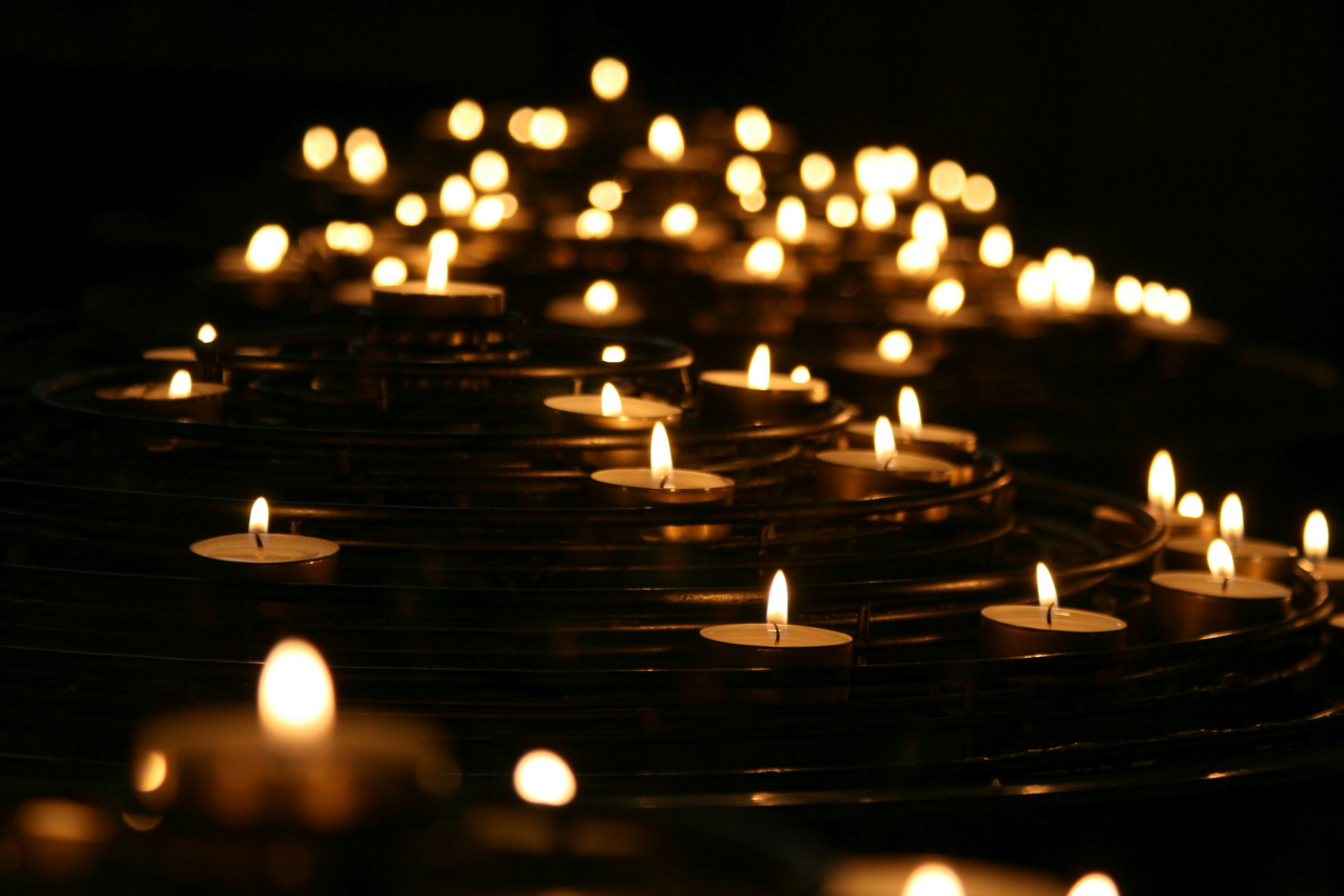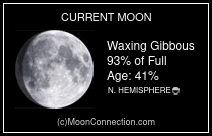
Divination Classes
Tasseomancy…also known as tasseography, is a form of divination that involves interpreting patterns and symbols in tea leaves, coffee grounds, or wine sediment.
It is not necessarily an application of magic, but rather a tool for tapping into the subconscious or divine. Tea leaf reading is an intuitive practice, in between tarot and scrying. When reading tarot, you have something to interpret, when scrying you have no symbology to aid in the process. Tasseomancy relies on connecting to your intuition so you're able to see what the leaves want to tell you.
Every part of the practice plays a part in inducing this open state of intuition. First, the act of brewing and drinking the tea is very important to the process. It is during this time that questions are asked, and energies are channeled and imbued. Once the tea is close to done, the leaves are ready to be read!
Tea Leaf Reading Class
It is theorized to have originated in China as far back as 2800 BC. Chinese monks were said to have analyzed cracks and patterns that formed on the inside of bells, which likely inspired the reading of leaves on cups. It also has roots in Ancient India, with the use of coffee grounds and tea leaves.
Modern tea leaf reading (using the sections and symbols we see today) began sometime in the 17th century, when tea was introduced in Europe. Tasseomancy followed the trade routes of tea and coffee, and was practiced by both Baltic and Slavic nations early on. It is closely related to the Romani people, who contributed heavily to the spread of the practice. Although loose leaf tea was initially a product for the upper class, once it became more readily available (afforable), rituals surrounding tea emerged. The Romani people continued to spread tasseomancy throughout Europe, often going door-to-door to services. By the mid-1800s, it was common for tea parlors to invite Romani readers to offer readings to guests.
In the U.S., tea parlors opened sometime in the 1800s, with tea becoming more popular over the years. After WWI, women in the U.S. began opening their own tea parlors, in which they would offer to read tea leaves.
Scrying & Dowsing Class
What is scrying?
Scrying is the practice of looking into a suitable medium with the intention of detecting/receiving messages or visions. The word “scrying” comes from an old English word, “descry”, meaning “to catch sight of” or “to make out dimly”. It is a form of divination or fortune telling, and the objective can be personal guidance, prophecy, revelation, or inspiration. Scrying has been practiced in many cultures with the belief that it can reveal the past, present, or future. Some practitioners claim that the visions and messages that come are from the subconscious, while others say that they come from gods, spirits, devils, or the psychic mind, depending on the culture and practice. The tools most commonly used in scrying are reflective, refractive, translucent, or luminescent surfaces or objects such as crystals, stones, glass (crystal balls), mirrors, reflective black surfaces (obsidian), water, fire, or smoke, but there are no limitations. Some practitioners may even gaze into the dark, a clear sky, clouds, shadows, or light patterns.
What is mirror scrying?
Mirror scrying, also known as Catoptromancy, is possibly an evolved form of water scrying. Some cultures practiced water scrying as well as a form of mirror scrying, but with reflective stones like obsidian. When mirrors were more common, they became quite popular as a medium for divination (ancient Egypt, China, India, and Europe). Early scrying mirrors were made of polished metals like copper, brass, marcasite, and silver. All types of mirrors may be used for scrying and the size or shape is not important (although many prefer a round or oval mirror).
What is flame/fire scrying?
Fire or flame scrying is a very common method of scrying as it only requires a flame and most people find the flickering fire has a hypnotic effect. A form of pyromancy, it has been used for centuries around the world as a powerful tool for divination, as fire is seen as sacred in many different cultures. Like other forms of scrying, there is a very wide range of interpretations, and is heavily dependent on the scryer.
What is dowsing?
Dowsing is the use of a forked piece of wood, a Y-shaped metal rod, two metal rods, or a pendulum, in an attempt to detect hidden things such as water, minerals, treasure, archaeological remains, and lost objects. The theory behind dowsing is that the lost object/hidden item communicates with you through the dowsing tool, by making your muscles twitch to direct the tool and find what you're searching for. The practice of dowsing was used throughout many European countries well into the 18th century (searching for silver, lead, and even criminals), throughout the 19th and 20th centuries in America (farmers searching for water), and even as late as the 1980’s (in Norway to search for soldiers who had been buried in an avalanche). Dowsing as a form of divination is similar, but instead, uses a pendulum or other tool to receive energy/messages from the divine and/or spirits in order to find lost objects, answer questions, or gain insight. A pendulum is a symmetrical, weighted object that is hung from a single chain or cord. It’s most commonly made from a crystal, but sometimes with objects like a metal ball, bead, or key. Pendulums are very simple tools to use, but like all other forms of scrying, require the user to focus, open their mind, listen to their intuition, and connect.











